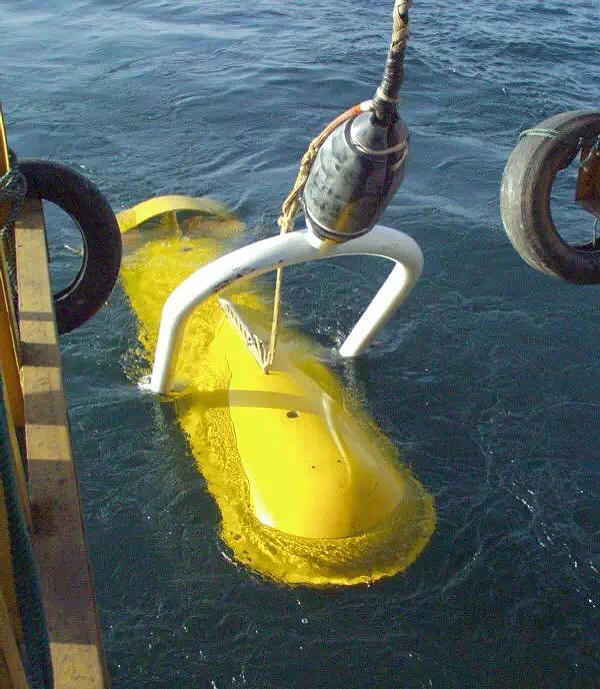Turbidity sensors are used in the assessment of water quality and help in sustainability of healthy water bodies. These detectors assist the environment, industry as well as scientific studies by giving relevant data.
Understanding Turbidity and Its Impact
Turbidity is a measure of water cloudiness that is brought about by silt/ algae particles and organic matters within the water. Turbidity may impede sunlight leading to the death of marine vegetation and ecological imbalance. It also shows the possibility of pollution due to runoff, or building, or factory effluents.
Applications in Environmental Monitoring
Turbidity sensors find a lot of applications in:
Pollution Detection: A detection of sediment runoff caused by construction or agriculture to avoid destruction in the ecosystem.
Wastewater Treatment: Treating water with a view of ensuring that the water discharged is within the recommended standards.
Coastal and Series: Monitoring erosion and sedimentation to facilitate conservation.
Importance in Industrial and Research Settings
In fish rearing, optimum turbidity is important in keeping the fish healthy; lack of it causes damages to the gills. In the case of marine studies, such sensors are used to research the process of sediment transportation and its impacts that alter life in the marine world.
Advanced Turbidity Sensor Technology
Advanced turbidity sensor features high precision, robustness, and absence of biofouling and is essential to long-lasting underwater use in heavily bioactive marine conditions. They are indispensable in continuous monitoring since they have features of transmitting data on a real-time basis along with low maintenance.
Conclusion
The turbidity sensors are an essential solution in order to maintain the quality of water, in control of sediment and the safety of marine life. Through incorporating these sensors in monitoring systems, the industries and researchers will make proper decisions aimed at sustainable water management.

